“We don’t know them all, but we owe them all.” – Unknown. This wise saying shows what our family’s tale is about during World War II. It’s filled with sorrow, bravery, and a story of legacy.
Our family story tells about the brave actions and the tough choices made by my family. They include William “Bill” Fields, a strong U.S. Marine. Also, Robert Read from the Army Air Corps, and Donald Eugene Fields. They all fought in the war with their bravery shining through.
Bill Fields started his story as a young man from Hammond, Indiana. He fell in love with Dorothy Goehringer. After that, Bill joined the Marine Corps in 1940. His journey highlights our family’s struggle and love during those hard times. Dorothy stayed strong at home, supporting Bill through everything.
It’s important for us to keep these stories alive. They show not just World War II’s history but also our family’s true spirit. These stories help us remember those who fought. They also inspire us with the courage and faith that saw our family through.
Key Takeaways
- Highlight on saving the family’s World War II stories and getting their deep meaning.
- We learn about the life of William “Bill” Fields, a U.S. Marine, and his wife Dorothy before the war.
- We hear about the deeds and sacrifices of family members like Robert Read and Donald Eugene Fields in the war.
- Learning about our family’s history and the war’s effect on our family life and stories.
- Recognizing the bravery and strength of our family, adding to the bigger picture of WWII history.
We Support Amazon Affiliate Advertising to Fund Our Efforts to Help Veterans
Prices pulled from the Amazon Product Advertising API on:
Product prices and availability are accurate as of the date/time indicated and are subject to change. Any price and availability information displayed on [relevant Amazon Site(s), as applicable] at the time of purchase will apply to the purchase of this product.
During World War II, the Fields family showed great bravery and service. Their story shows how the war affected families. Bill and Dorothy Fields, Robert Read, and Donald Fields all played big parts.
Overview of Family Members Involved in WWII
Bill and Dorothy Fields faced the war’s challenges. Bill, a US Marine, went to the South Pacific. This happened after he and Dorothy got married. Their love stood strong despite the war.
In the European theater, Donald Fields made a huge sacrifice. He fought in the D-Day landings and died near Paris. His bravery reminds us of the war’s cost.
Robert Read worked in the Army Air Corps. He was in the South Pacific, helping B-24 bombers. His work was key to the Allies’ success.
The Fields family’s story spans from before the war to after D-Day. It shows the lasting effects of World War II on families. Their stories mix into one, showing the war’s big picture and its impact
- For lower prices , look here for used books
Prices pulled from the Amazon Product Advertising API on:
Product prices and availability are accurate as of the date/time indicated and are subject to change. Any price and availability information displayed on [relevant Amazon Site(s), as applicable] at the time of purchase will apply to the purchase of this product.
William Fields: A Marine’s Journey in the South Pacific
William Fields’ story starts in Hammond, Indiana. He was young but felt like he had a huge duty. This paved the way for his time in the military. The town’s values really affected his thinking and heart.
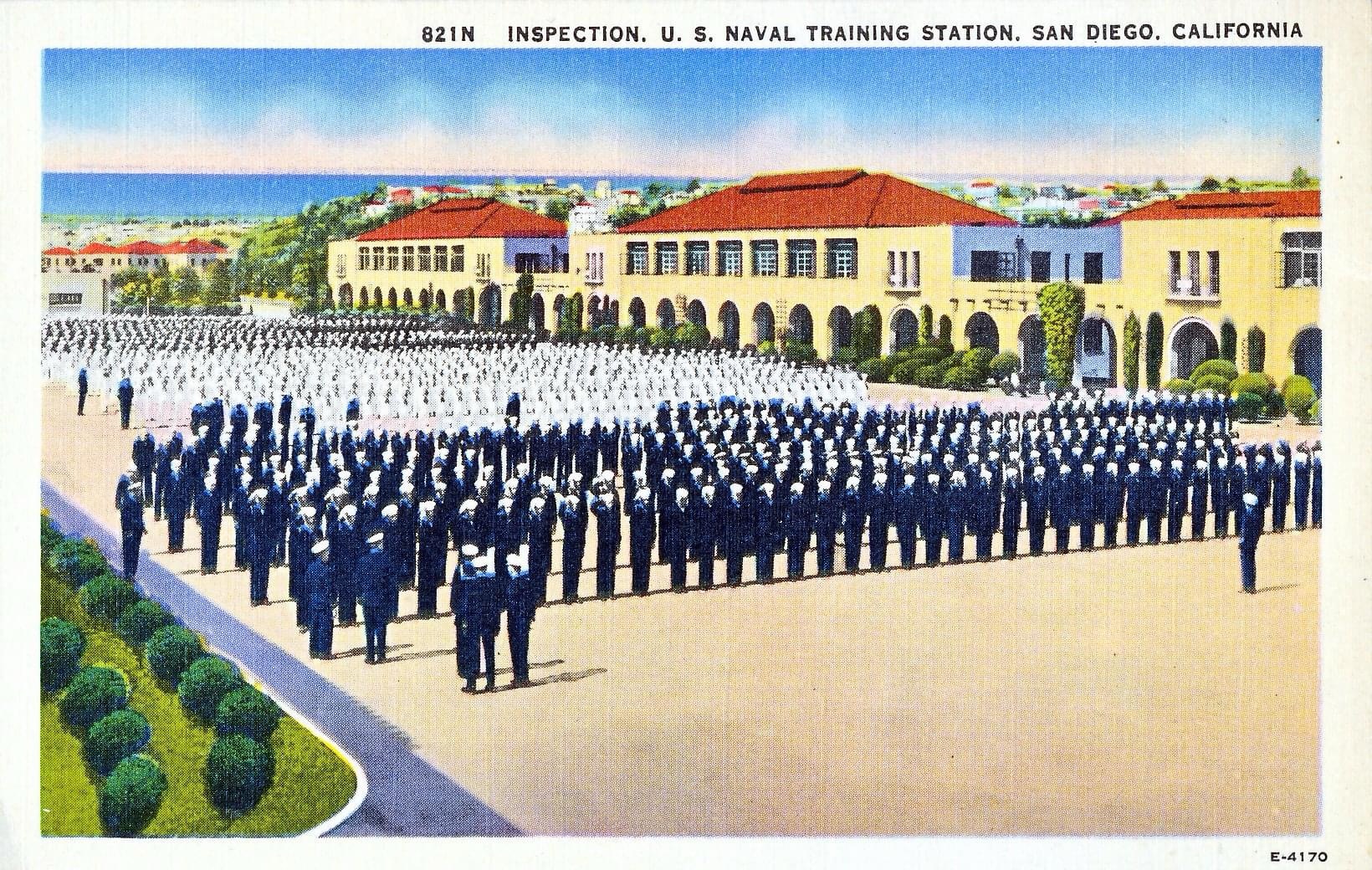
Childhood in Hammond, Indiana
William had a regular childhood in Hammond. He focused on school, worked hard, and loved his community. These early experiences led him to join the Marines. He was seen as a leader among his friends. This was good training for his time in the Marines.
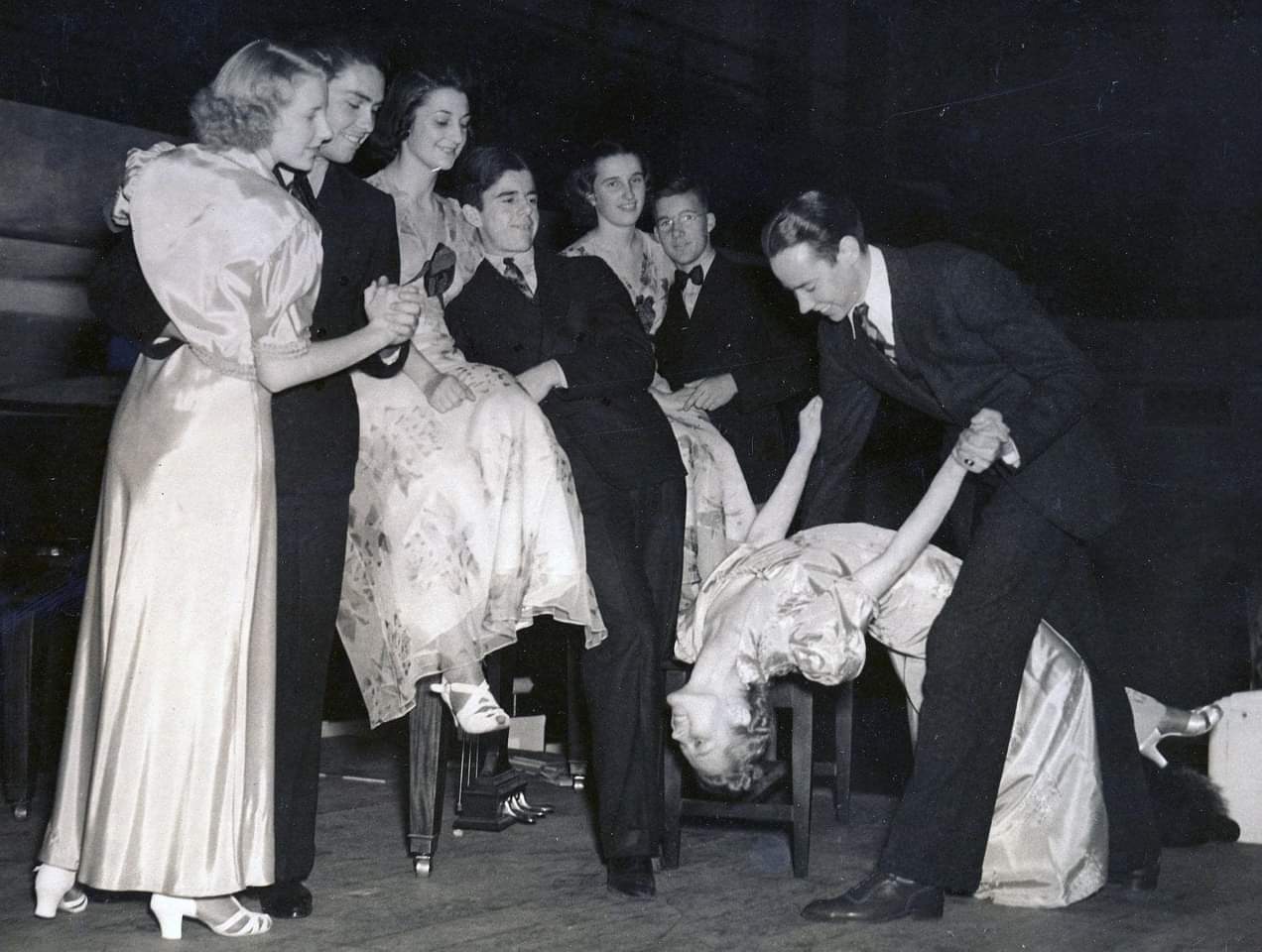
Dorothy Goehringer and Bill Fields at a dance contest at the Hammond Indiana Civic Center in 1939
High school romance with Dorothy Goehringer, married in San Diego, 1942
In San Diego, William met Dorothy Goehringer. They fell in love during the early 1940s. Their love brought hope in tough times. It’s a love story that shows their life together was special.
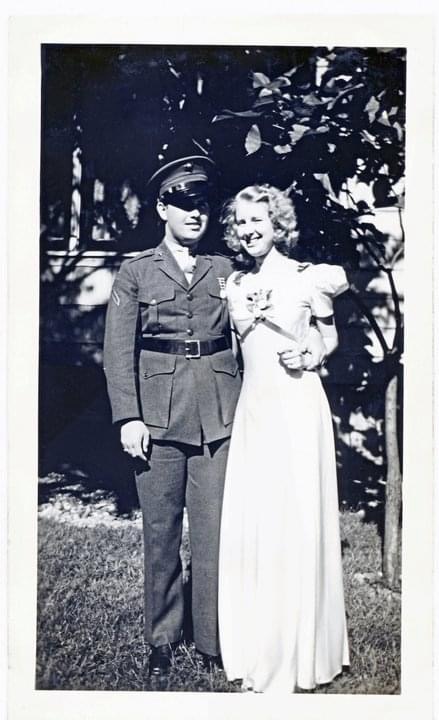
Enlistment in the U.S. Marine Corps in 1940
William joined the Marines in 1940 because he felt it was his duty. He wanted to protect his country from Pacific threats. This started his journey to the South Pacific.
He showed great courage and dedication on the battlefield. William’s early life and beliefs guided him to a life of service. He served with honor and made a difference. His story shows his bravery and commitment.
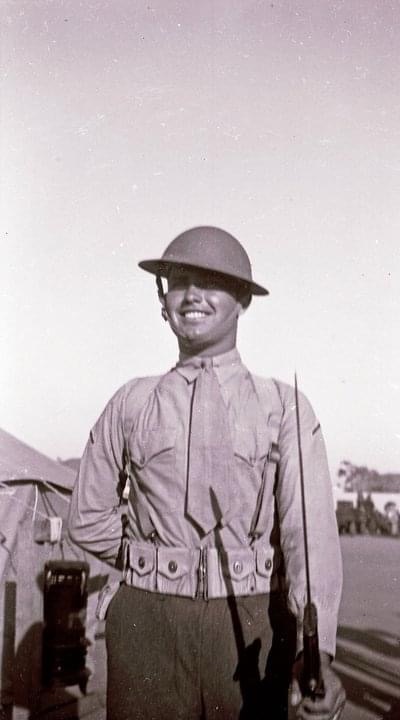
Marriage and Deployment
Bill and Dorothy Fields loved each other a lot in San Diego. They decided to get married. This was before WWII separated them.
Marriage to Dorothy before deployment in San Diego, Ca
They married in San Diego among wartime activities. It was just before Bill left for war. Their marriage was a big step for them, linking their fates during a global conflict.
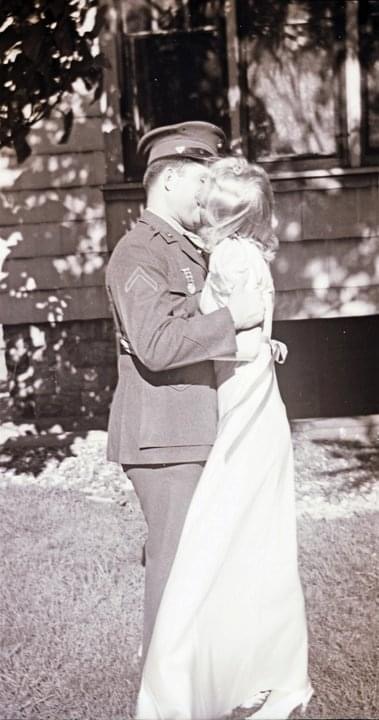
Deployment to Guadalcanal in October 1942
Bill was sent to Guadalcanal right after they married, in October 1942. This was a key battle in the Pacific. It tested his strength and showed his love for Dorothy.
The Battle of Guadalcanal
The Battle of Guadalcanal turned the tide in the Pacific. It was full of brutal combat and jungle fights. One Marine, William Fields, showed amazing bravery and leadership. It was one of the hardest fights of World War II.
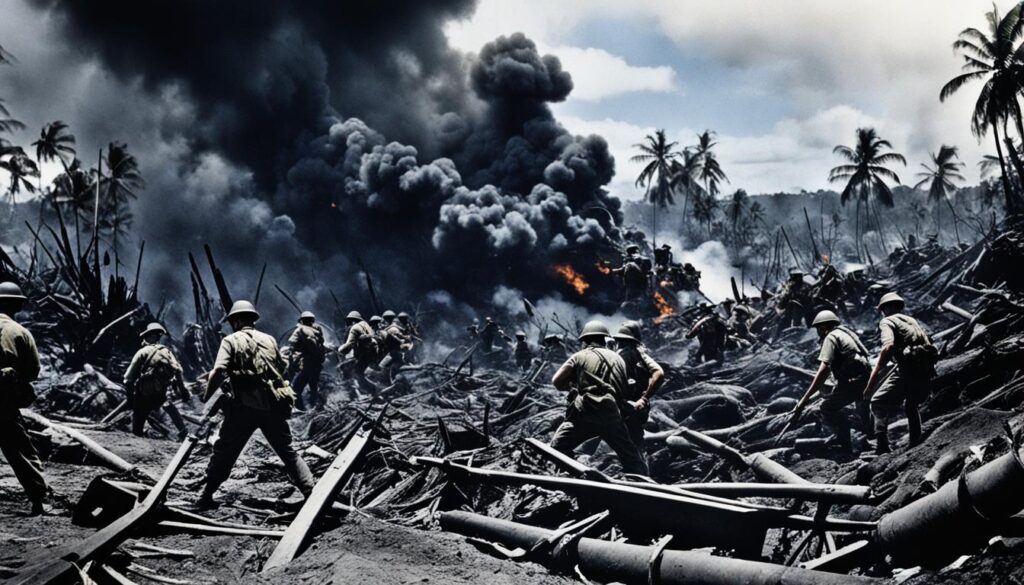
Description of the brutal campaign
In August 1942, battles erupted in Guadalcanal’s dense jungles. The hot, wet weather and risk of malaria made it even harder. William Fields found himself in the middle of this chaos. He had to fight through thick trees against a strong enemy.
Letters home describing the challenges faced
William Fields wrote to his family about his war experiences. These letters are now historical treasures. They told of the tough jungle, frequent enemy attacks, and lack of supplies. They gave insight into how hard it was for a Marine in combat.
Leadership and bravery in the jungle warfare
During the chaos, William Fields led with true courage. He looked after his men, often risking his life. His deeds in Guadalcanal showed the Marine Corps’ spirit. His letters show his bravery and smart strategies were vital. They helped his team through hard times in the jungle.
Prices pulled from the Amazon Product Advertising API on:
Product prices and availability are accurate as of the date/time indicated and are subject to change. Any price and availability information displayed on [relevant Amazon Site(s), as applicable] at the time of purchase will apply to the purchase of this product.
William Fields Beach heads in Tarawa, Tinian, and Saipan
William Fields served in the Pacific theater during World War II. He was in tough fights at places like Tarawa, Tinian, and Saipan. These battles showed his courage and the importance of these areas.
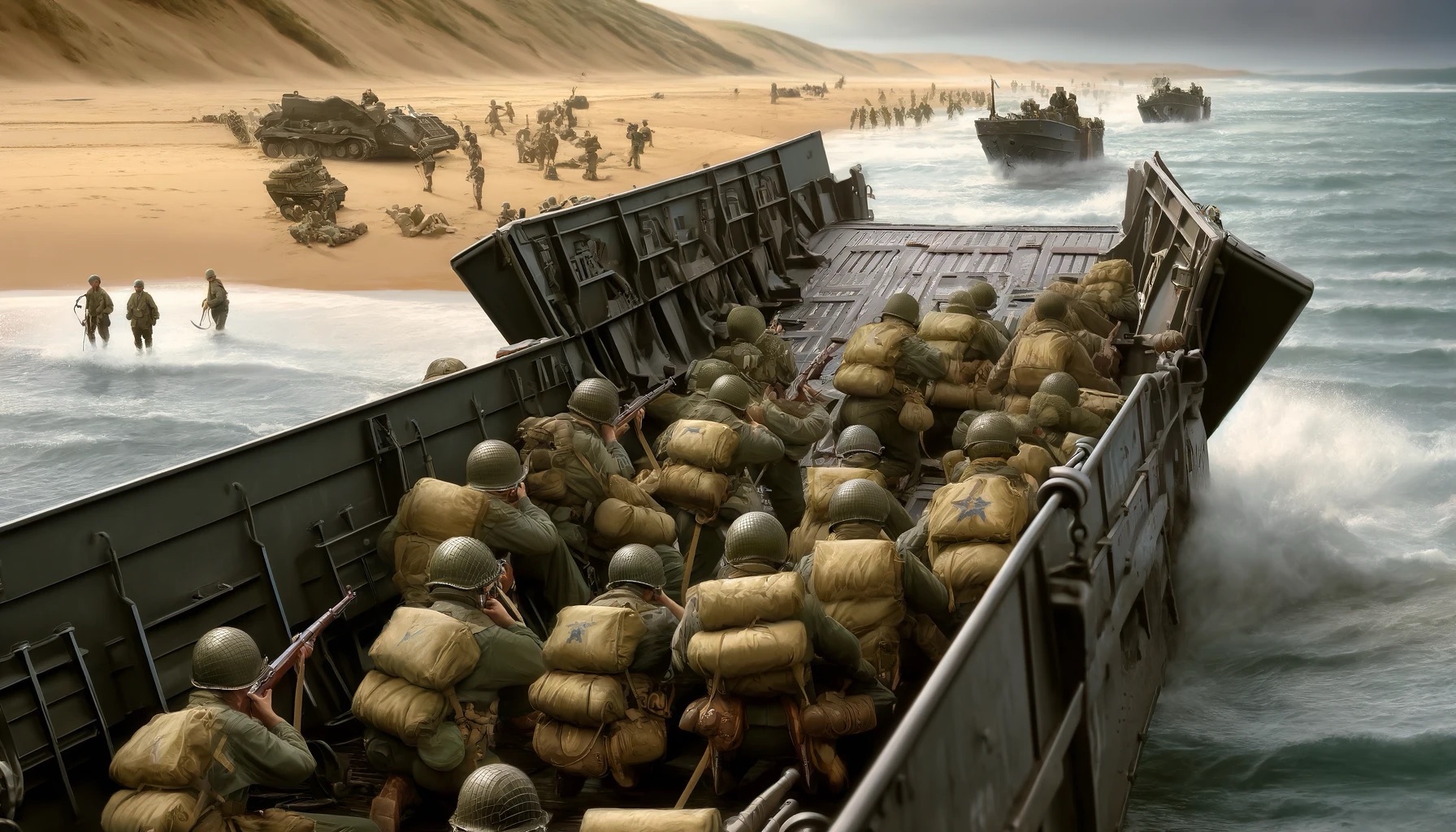
High casualty rates and intense combat in Tarawa
At the battle in Tarawa, Fields fought hard. The island was tough to take with many obstacles. Even though losses were high, he helped his team win the island.
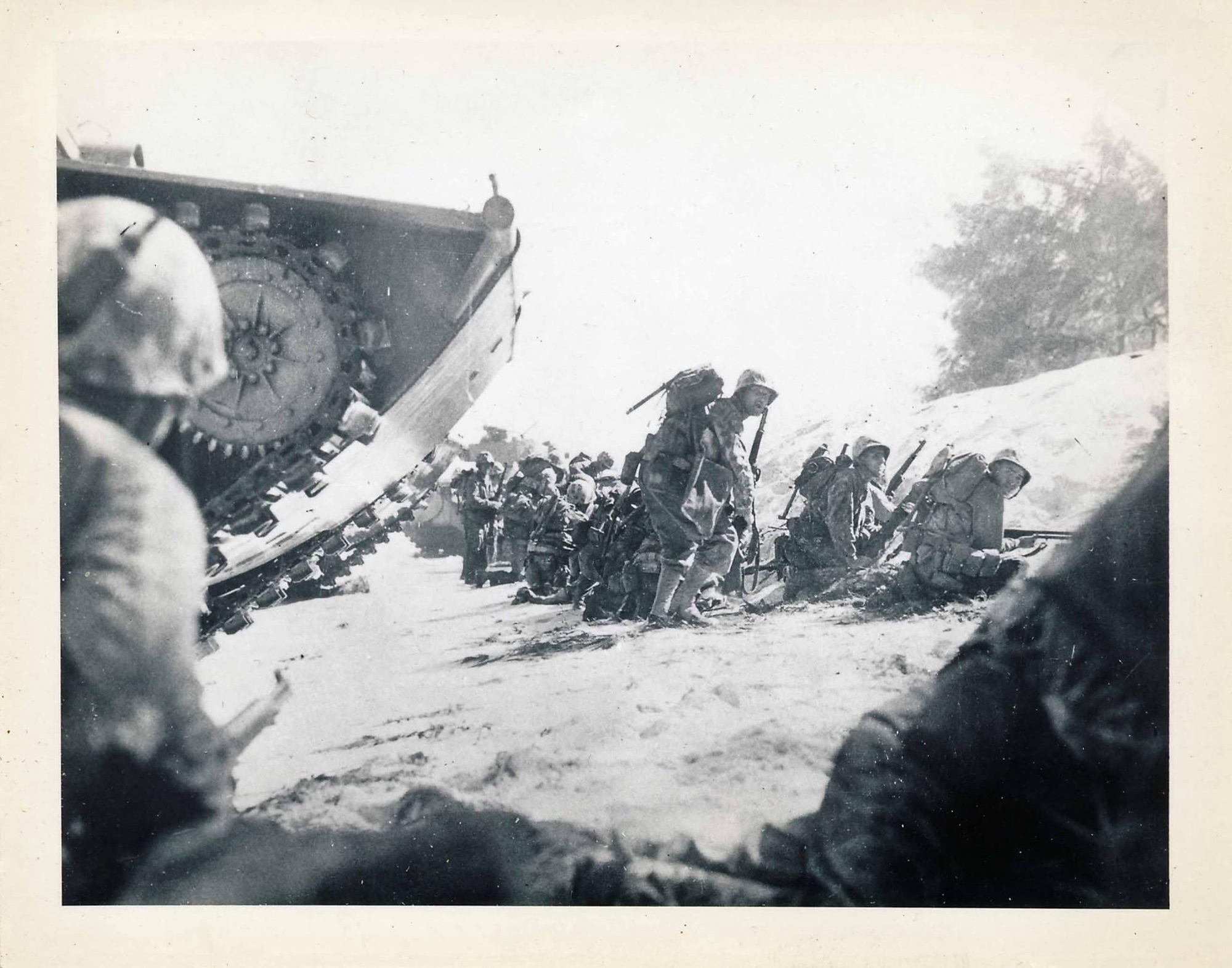
Strategic importance of Tinian and Saipan. Bases for bombing Japan
The fights in Tinian and Saipan were key next steps. These islands let the Allies launch air strikes on Japan. Fields played a big role in making sure these areas were secure.
Bronze Star for bravery and leadership in Saipan: Stopping Japanese tank attack with machine guns
Fields got the Bronze Star Medal for his outstanding work at Saipan. He stopped a big tank attack with his clever use of machine guns. This saved many and showed his leadership skills.
His work at Tarawa, Tinian, and Saipan was more than just brave. It was key to the Allies’ success. Fields’ efforts in World War II are a big part of our history.
Recovery and Rehabilitation
William Fields started his journey to recover from serious injuries in Saipan. He was part of World War II, showing great courage despite hard times. Their sacrifices showed how strong those in service can be.
Wounded in Saipan
He got badly hurt in Saipan during the war. This injury changed everything for him. It showed the true costs of war but also how people can stay strong and move forward.
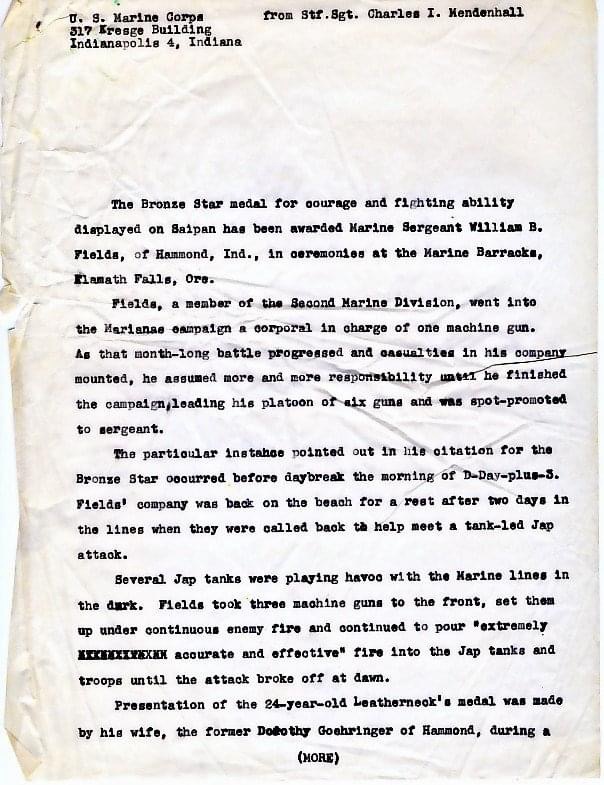
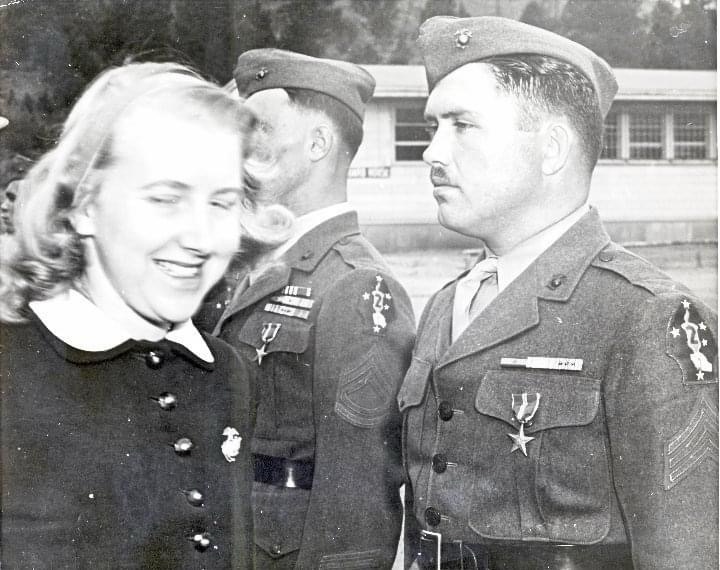
Further Rehabilitation in Hawaii
After being taken from Saipan, he went to Hawaii for more healing. Hawaii’s beauty brought a sense of calm to his recovery. There, in the green scenery, he worked hard to get better.
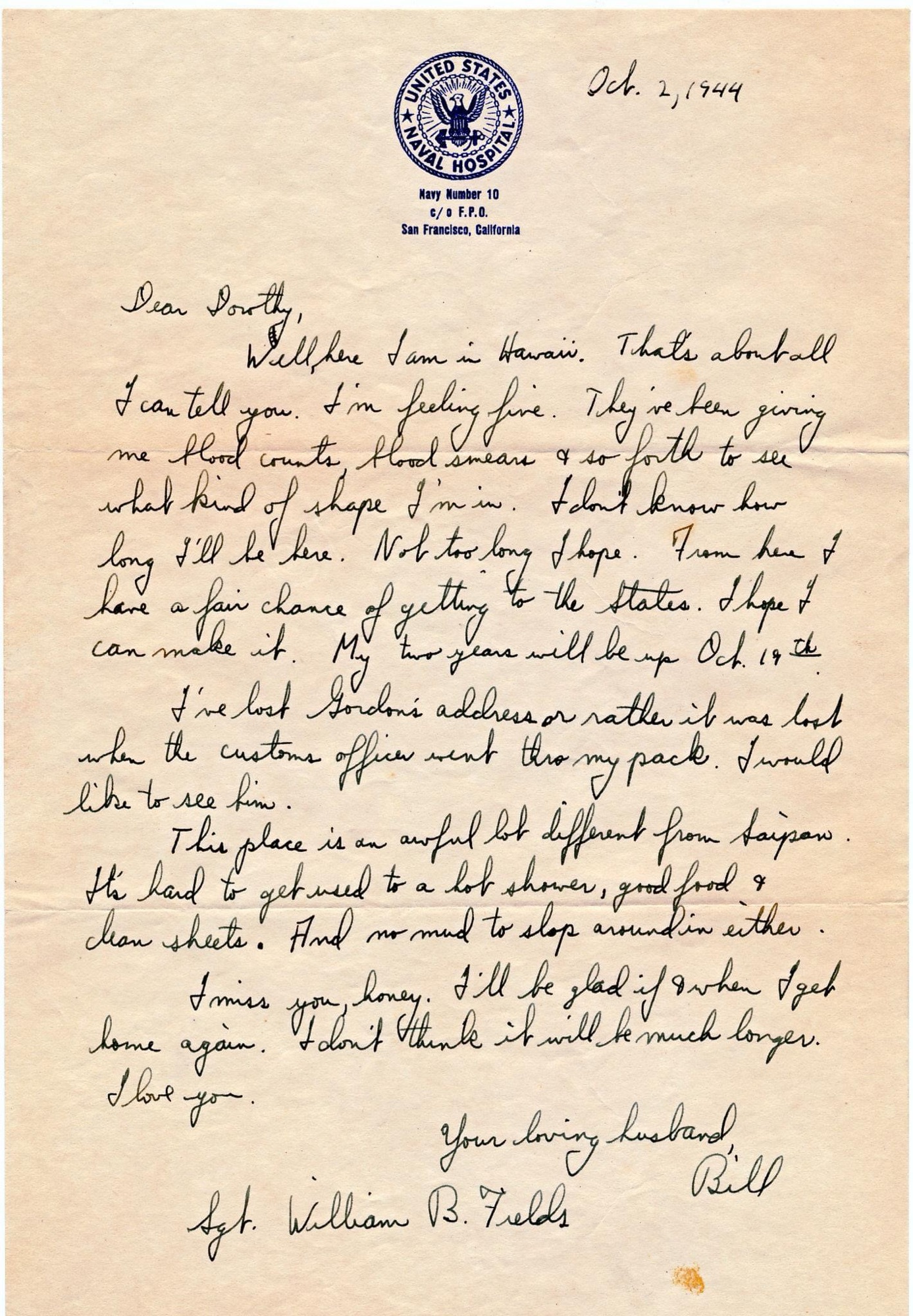
Reflection and Preparation for Continued Service
In Hawaii, he thought a lot about his time in the war. This thinking helped him get ready to go back to serving. He was very dedicated to his job and his country. His strong spirit was clear for everyone to see.
R&R in Northern California
After brutal battles in the Pacific, *William Fields* found peace in *Northern California*. R&R time helped him heal. It also let him get back to normal life he was fighting for.

War hero William Fields spoke in bond tours in N. Cal
*William*, a famous war hero, visited many places in *Northern California*. These were not just talks. They helped raise money for the war and talked about the need for people’s support.
Reconnecting with Dorothy and family support
This time was good for *William* and his wife *Dorothy*. They found peace together and got much needed family support. It showed how strong families help soldiers during tough times.
| Activity | Importance | Outcome |
|---|---|---|
| Speaking at bond tours in Northern California | Raise funds and garner public support | Significant contributions to the war effort |
| Reconnect with Dorothy and family | Emotional and mental support | Strengthened marital and family ties |
These moments helped in many ways. They supported history by remembering *William’s* work. *R&R* in Northern California was key in *William’s* life, connecting his war stories with his family’s love.
Participation in Operation Olympic Planning
During WWII, planning the Operation Olympic invasion was very important. William Fields played a big part in this plan. He worked with others to prepare for the invasion of Japan.
Strategic Planning for the Invasion of Japan
The goal of Operation Olympic was to set up beachheads in Japan. This was a huge task that needed good planning and strategy. William Fields used his knowledge of war to help make the plan.
His experience in war made his role very important. He helped make sure the goals matched what could actually be done in the war.
Preparations for Operation Olympic showed how good military planning was at that time. Fields and others carefully planned how the invasion would happen. This planning was key in how the war in the Pacific ended.
| Aspect | Details |
|---|---|
| Operation Olympic Objective | Establish beachheads in Japan for subsequent invasion |
| William Fields’ Role | Contributed to planning and logistics based on combat experience |
| Strategic Importance | Crucial for the potential endgame of Pacific theater operations |
| Planning Challenges | Amphibious landing logistics, coordination among different military branches |
William Fields’ Post-War Achievements
After the war, William Fields kept standing out. He used what he learned in the military to help in studies. He got into the University of Chicago. This school is famous for its work on the atomic bomb in World War II.
The University of Chicago was very important after the war. It had famous scientists like Enrico Fermi and Harold Urey. They worked on the Manhattan Project. By going there, William was in a great place to learn more about the atomic bomb.
Influence of the university’s role in the atomic bomb development
The school’s work on the atomic bomb affected many post-war things. William got to know lots of important things being there. This helped him a lot in his life and work after the war.
William Fields Degrees at the University of Chicago
William focused hard on his studies there. He was in a place that was making a big difference in the world after the war. This time in his life shows how keen some WWII veterans were to keep learning and doing great things.
Even though he was studying, William stayed in touch with his war friends. And the big picture of the Manhattan Project too. This link shows how his time in the military kept influencing his life later on, joining his personal story with the big gains in science after the war.
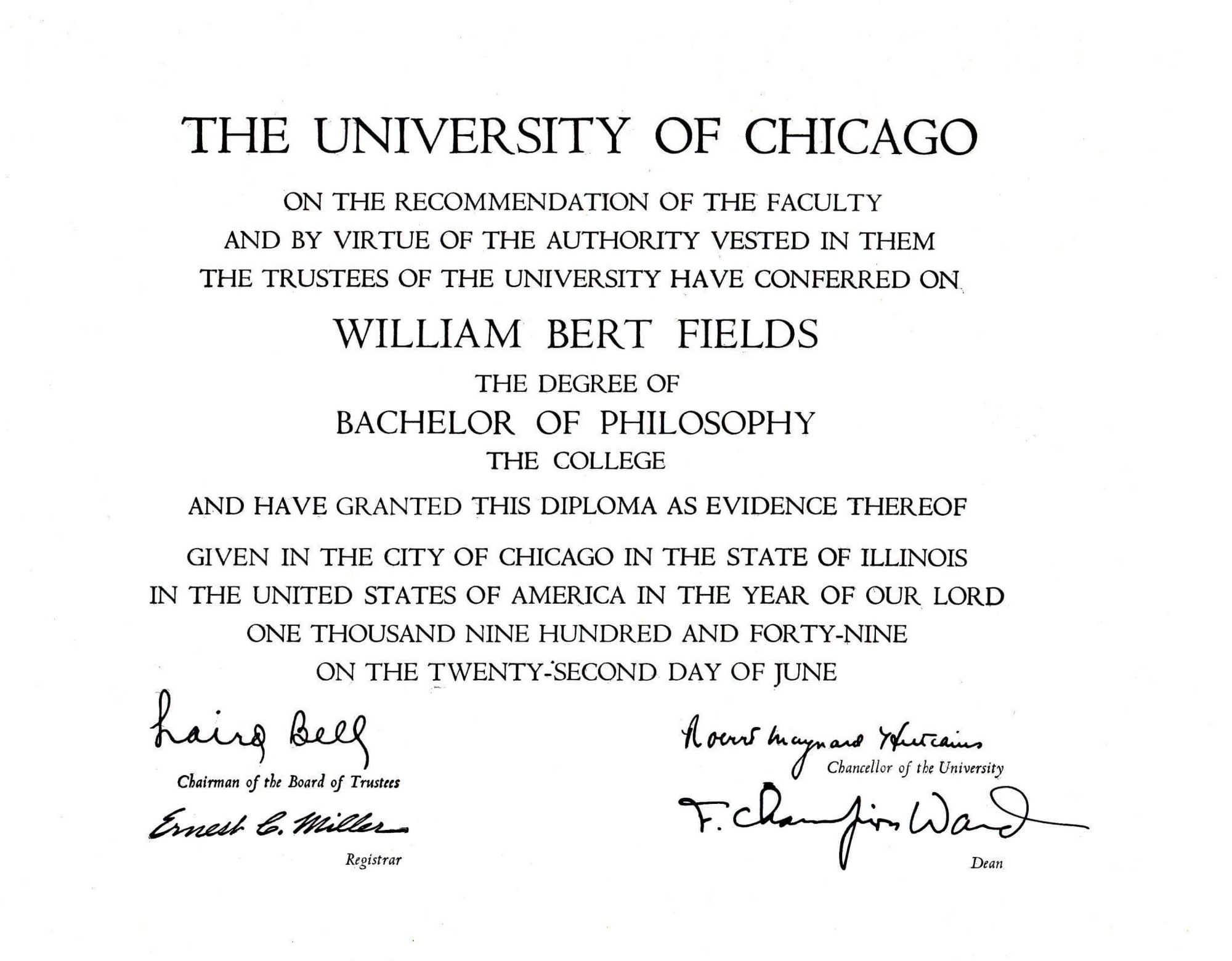
Robert Read: A Journey Across the Pacific
Robert Read showed strong heart in the Army Air Corps during WWII. He journeyed across the Pacific, showing great adaptability in different places.
Service in the Army Air Corps
Robert signed up for the Army Air Corps, eager for the challenge of military flights. He was key in making sure all pilot missions were well-planned.
Stations in Australia, New Guinea, and Okinawa
Stationed in Australia, New Guinea, and Okinawa, Robert faced many challenges. Each place had its own tough parts, but he stayed dedicated.
Air Support and Logistics for B-24
Robert was vital in planning air support and logistics for B-24 bombers. His work with resources and operations was key for the Air Corps. From the jungles of New Guinea to the strategic airfields of Okinawa, Robert’s experiences were diverse and critical to the overall war effort.
Adaptability and Resourcefulness in Various Environments
Robert’s ability to adapt and be resourceful was very important. He dealt with tough Pacific weather and kept things running smoothly.
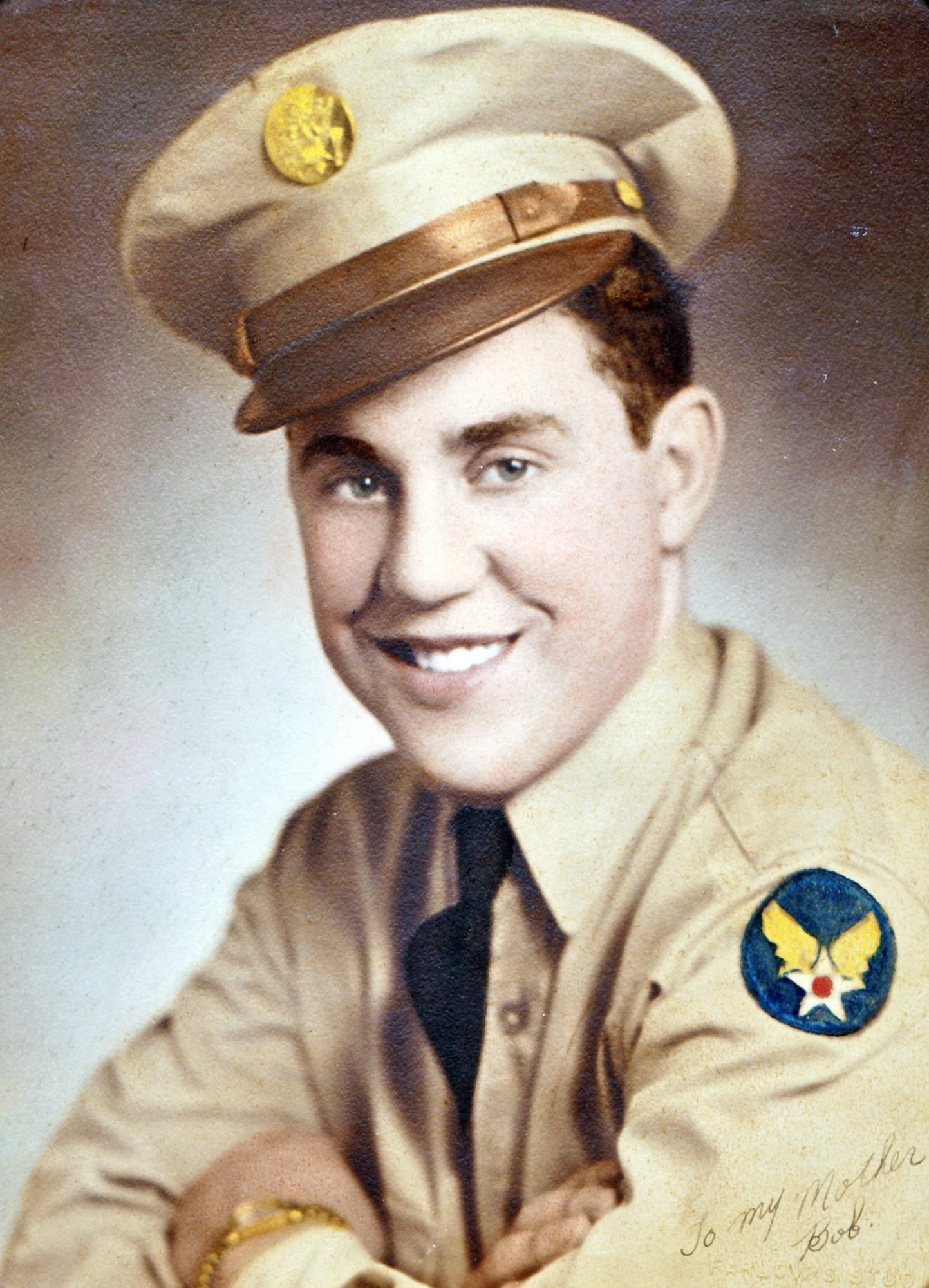
Robert Read in Australia
Post-War Life and Marriage
After the war, Robert returned to the United States and resumed civilian life. He married my mother, Marie Read, who had been a steadfast support throughout his service. Their post-war marriage marked the beginning of a new chapter, grounded in the shared experiences and sacrifices of the war years. Together, they built a life that honored the legacy of resilience and dedication that characterized their wartime experiences.

Donald Eugene Fields: A Sacrifice in Europe
Donald Eugene Fields’ story is an important part of our family’s tale. He showed incredible bravery during World War II in Europe. His actions had a big effect on our family.
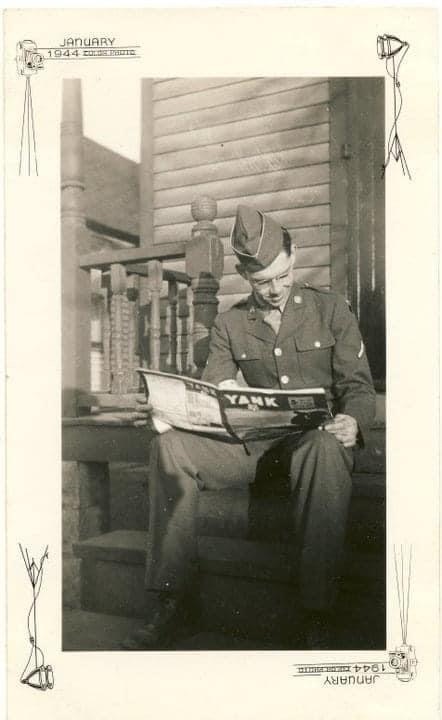
Service in the European Theater
Donald served in England before the D-Day landings. He was very devoted to his duty and the people he served with.
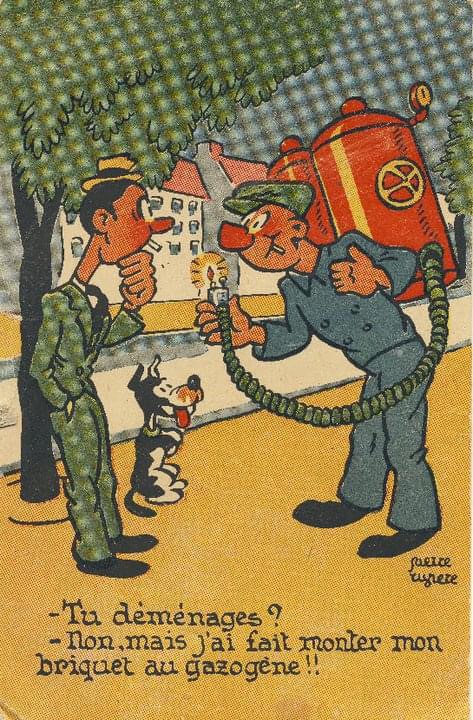
Stationed in England and Participation in D-Day
Before D-Day, Donald was ready to help change the war’s path. His mission in Normandy showed how much training and bravery it took for such a big move.
Prices pulled from the Amazon Product Advertising API on:
Product prices and availability are accurate as of the date/time indicated and are subject to change. Any price and availability information displayed on [relevant Amazon Site(s), as applicable] at the time of purchase will apply to the purchase of this product.
Bravery during the Normandy Landings and Liberation of Paris
Donald Eugene Fields, my uncle-in-law, served with distinction in Europe. Stationed in England, he took part in the D-Day invasion, one of the most significant military operations in history. The D-Day landings on June 6, 1944, marked the beginning of the liberation of Western Europe from Nazi control.
At Normandy, Donald showed extraordinary bravery. He helped the Allies get a strong position in France. Donald was part of the Allied forces that stormed the beaches of Normandy, facing intense resistance from well-fortified German positions.
His bravery during the landings and subsequent battles was emblematic of the courage displayed by all who participated in Operation Overlord. The hard fighting and confusing scene showed his strength and commitment.
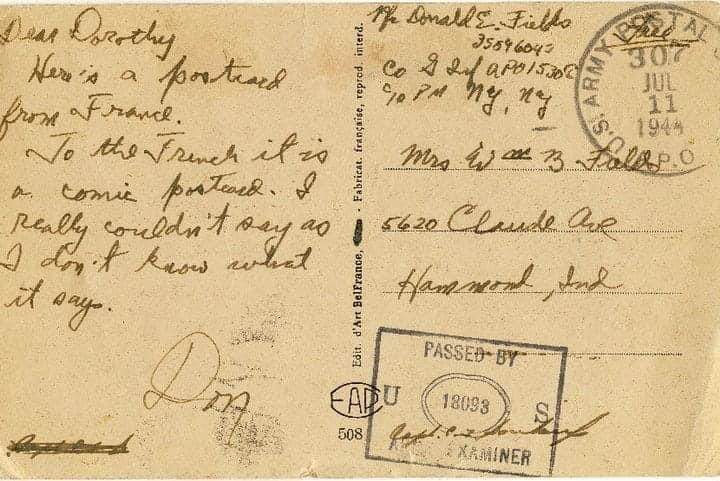
Tragic Loss Near Paris
Tragically, Donald’s service was cut short one month after D-Day. He was killed in a firefight with German forces outside Paris. His death was a profound loss for our family, a stark reminder of the sacrifices made by so many young men during the war. Donald’s story is a testament to the bravery and dedication of those who fought to liberate Europe from tyranny
Impact on the Family and Remembrance
Donald’s death affected our family deeply. We still feel the loss and honor his bravery and sacrifice. His courage faced great challenges.
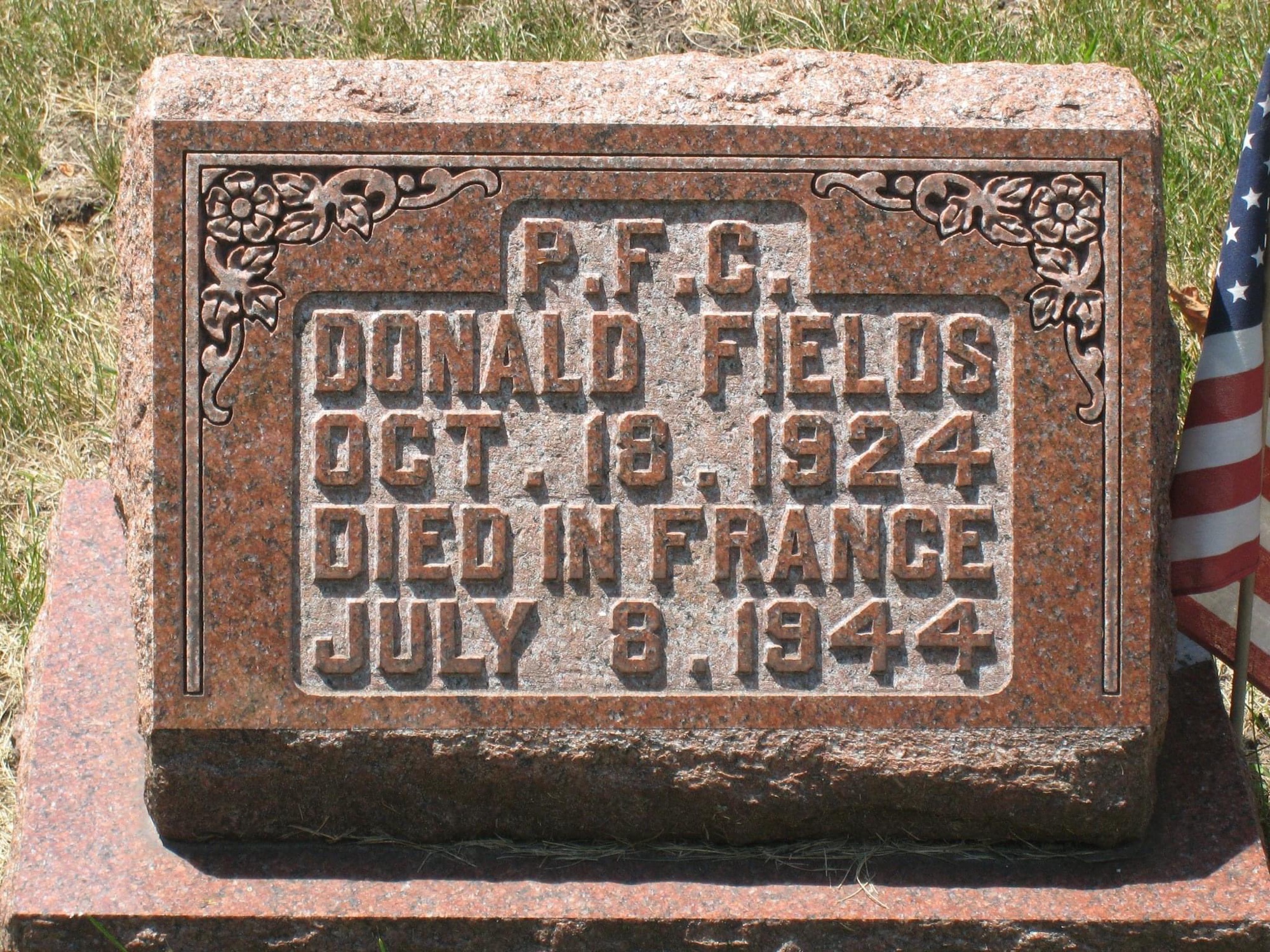
| Date | Event | Detail |
|---|---|---|
| June 6, 1944 | D-Day Landings | Donald Eugene Fields participated in the Normandy landings as part of the Allied invasion. |
| July 1944 | Combat Near Paris | Donald Eugene Fields was killed in action near Paris. |
Prices pulled from the Amazon Product Advertising API on:
Product prices and availability are accurate as of the date/time indicated and are subject to change. Any price and availability information displayed on [relevant Amazon Site(s), as applicable] at the time of purchase will apply to the purchase of this product.
The Women Behind the Heroes
While the men fought all over, women at home played a key role too. Dorothy Fields was a great example of this. She was the strong support for her husband, William Fields.
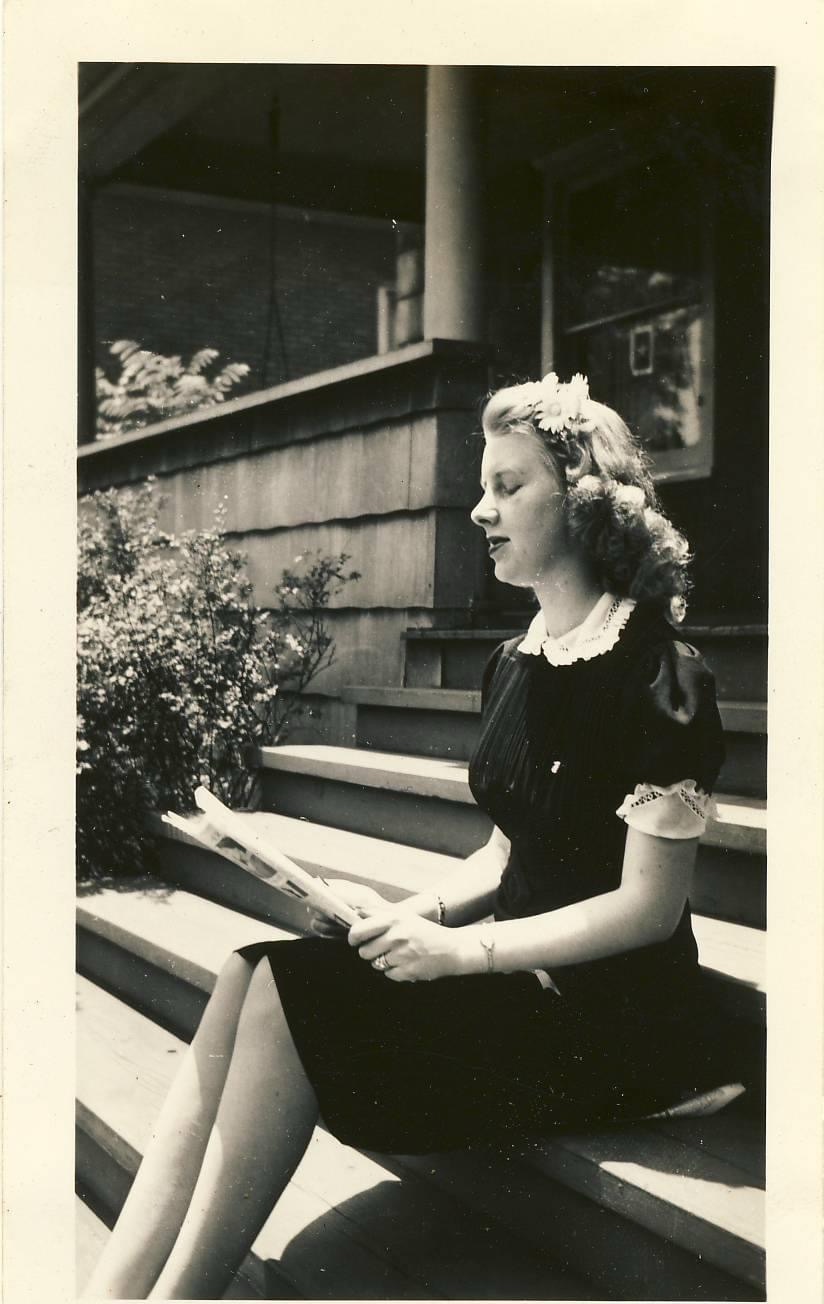
Dorothy Fields: A Pillar of Strength
Dorothy met William in high school in San Diego. They became sweethearts and got married before William went to the South Pacific in 1942. Their love and faith gave them strength for the tough times they were about to face.
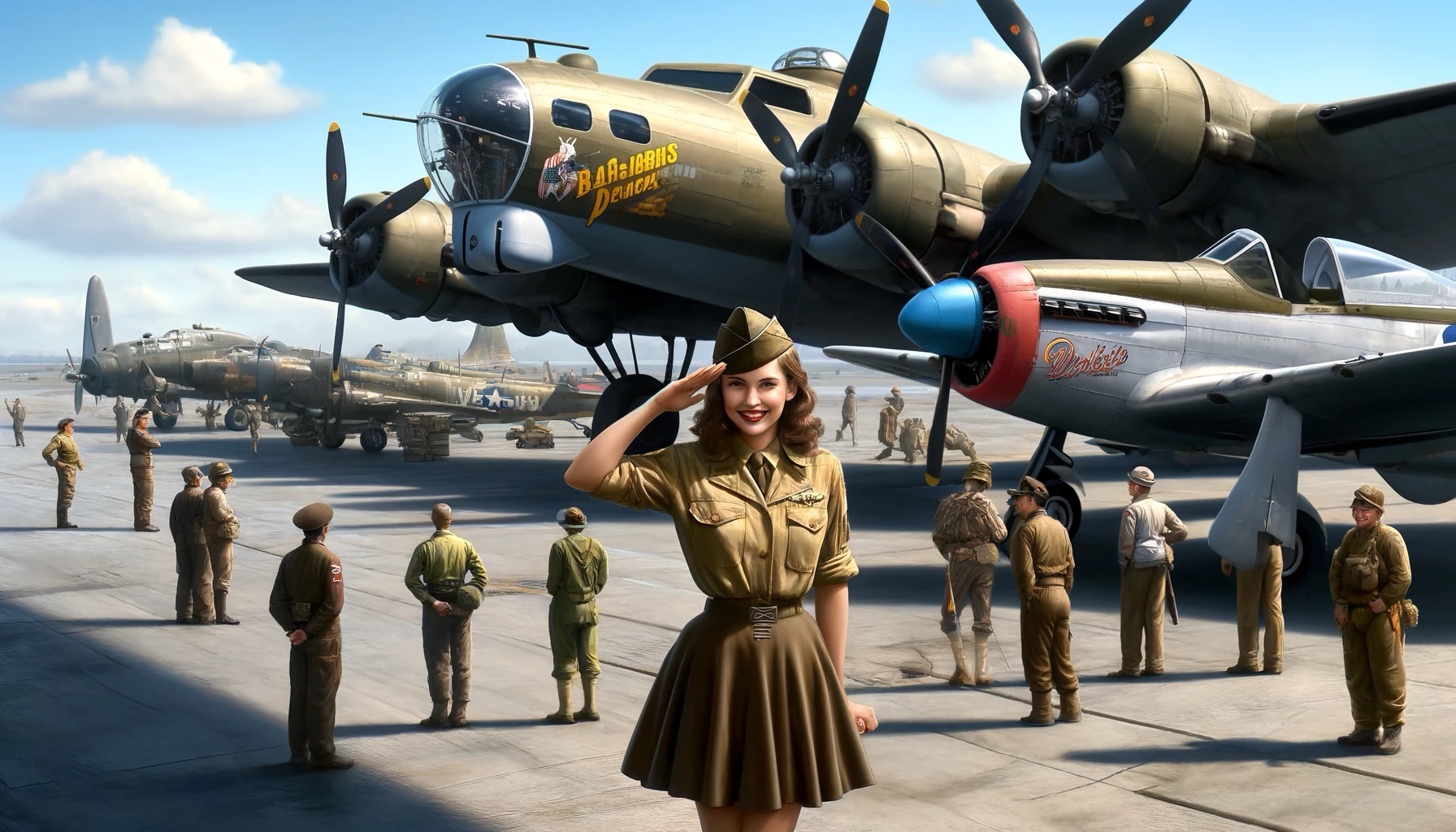
Early Relationship with William, Support through Letters and Care Packages
From October 1942 to 1944, and her time away, Dorothy was always there for him. She sent him letters with love. Her letters brought him joy and kept him in good spirits. He found peace and they reminded him of home.
Dorothy’s role in the war was crucial. As a caring wife, she showed the world the brave work many women did in WWII. Her love and support not only kept William strong but also helped the war effort from their home.
Conclusion: A Legacy of Courage and Resilience
The stories from our family in World War II show courage and resilience. William Fields, a U.S. Marine, had daring actions in the South Pacific. He showed bravery. Robert Read helped a lot with the Army Air Corps. He gave important support across the Pacific.
In 1942, William and Dorothy got married. Dorothy supported William with letters and care packages when he was away. Donald Eugene Fields fought in Europe. He showed how brave he was during the Normandy landings. And he lost his life near Paris.
The courage and resilience from our family are not just about being heroes. It shows how everyone helped and sacrificed together. Keeping the memories of these survivors alive is important to me. It reminds us of their bravery for the future. Our family’s history is more than something in the past. It’s a story of courage and resilience that lives on.
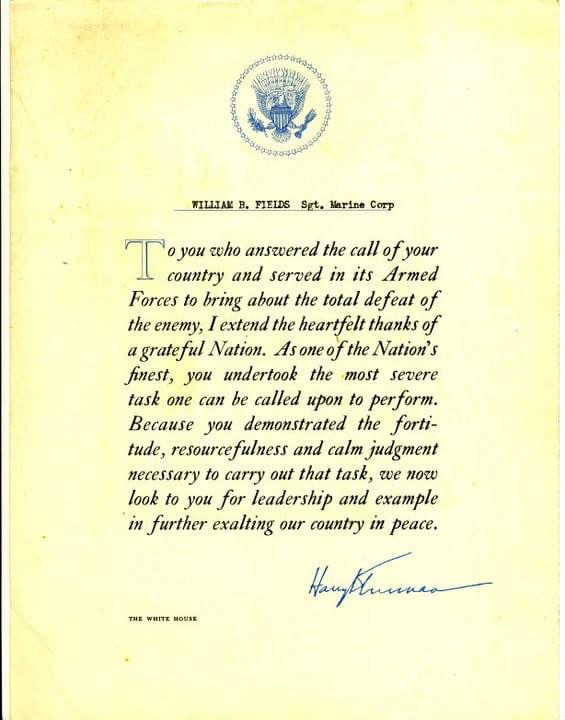

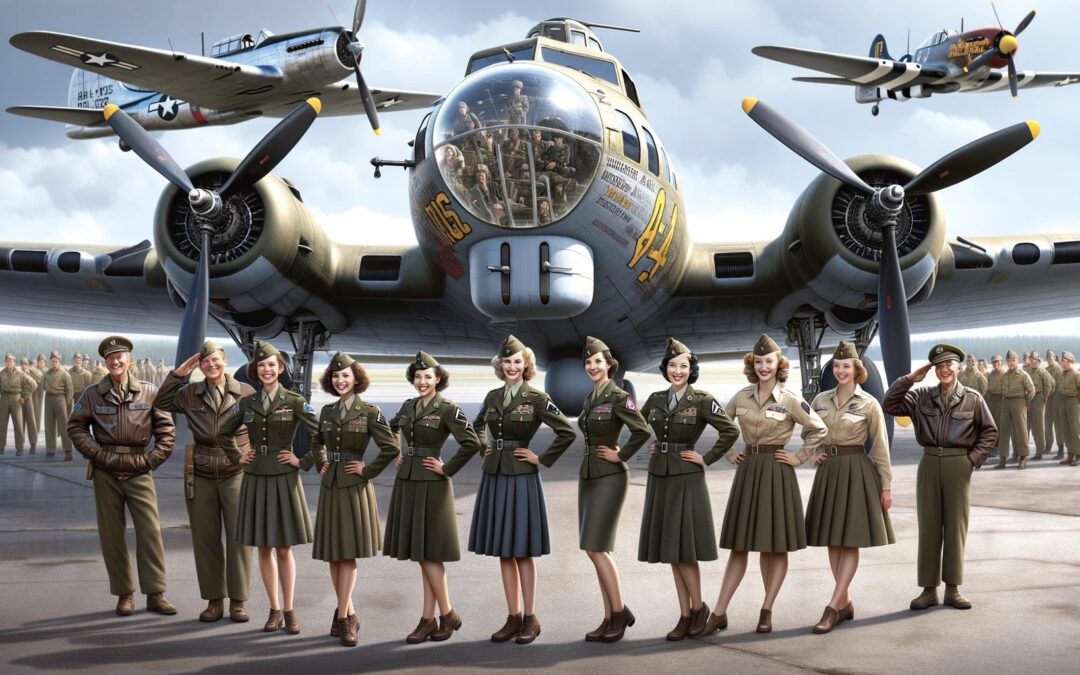






Thank you for your service.
Thank you from our family
Great memory, we must remember
Agreed
En hommage à mon oncle Donald Fields, William Fields, Robert Read
Merci
I came across your site wanting to learn more and you did not disappoint. Keep up the terrific work, and just so you know, I have bookmarked your page to stay in the loop of your future posts.
Thank you Steven